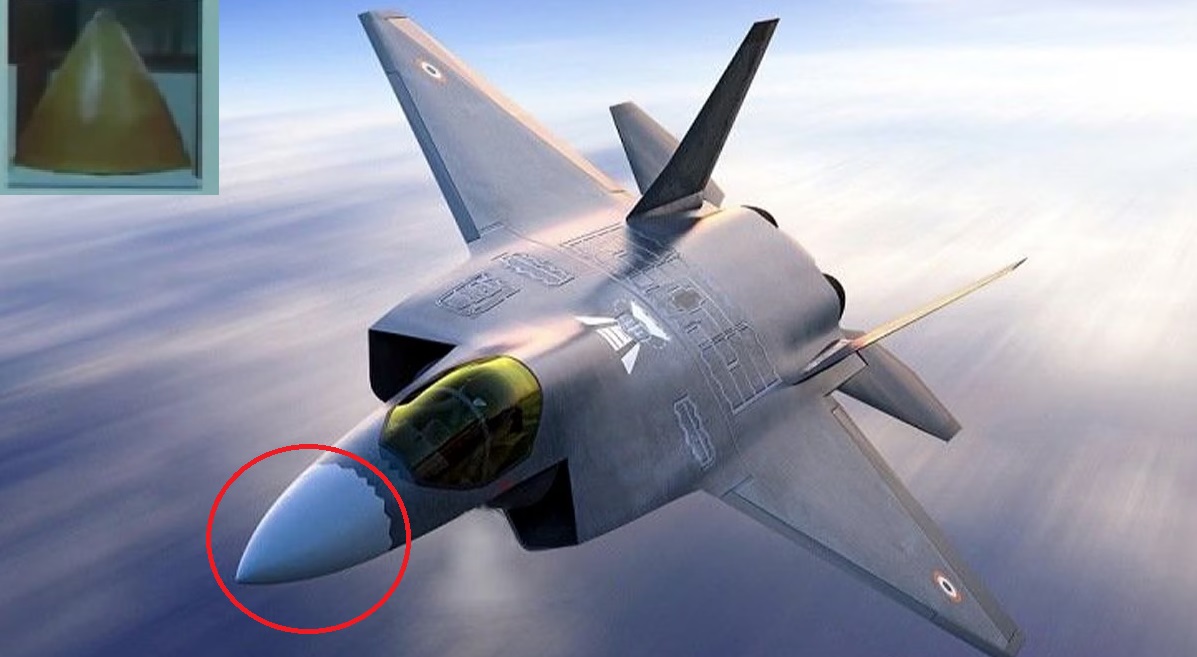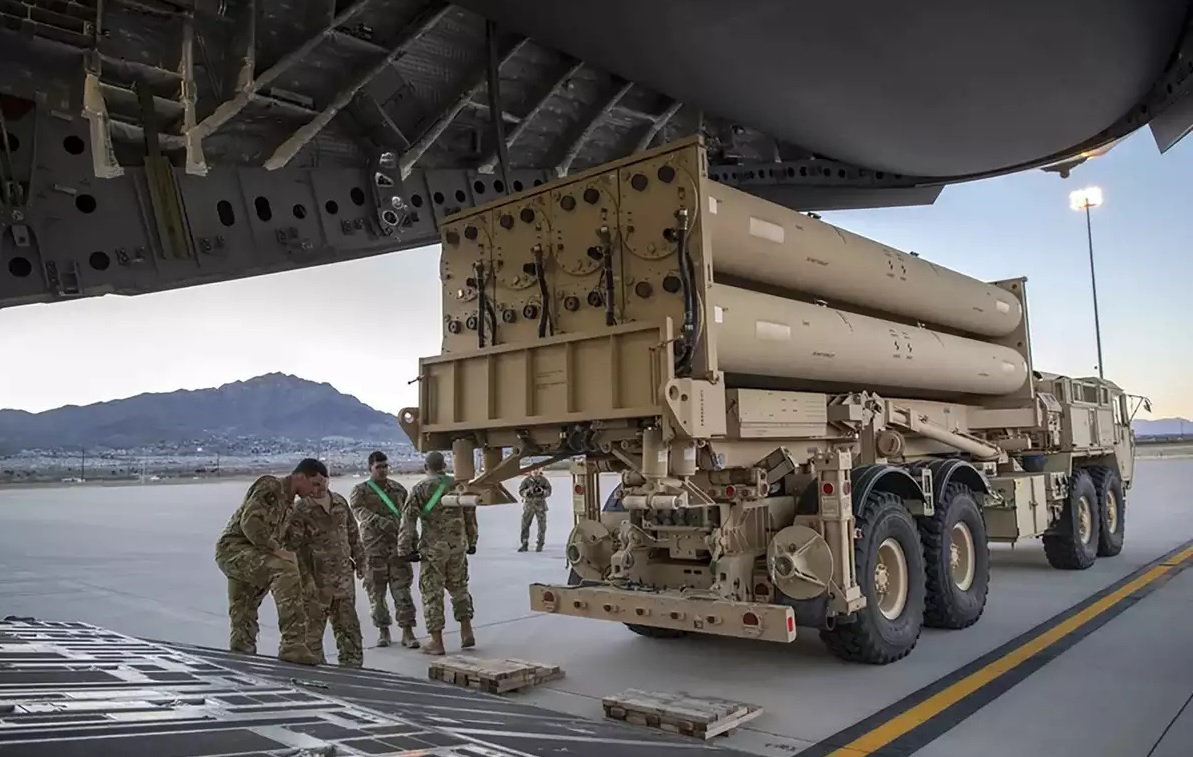CSIR-NAL Develops Advanced Stealth FSS-Radome for India's AMCA Fighter Jet

The Council of Scientific and Industrial Research-National Aerospace Laboratories (CSIR-NAL) has taken a significant step forward in India's defense capabilities by developing a sophisticated Frequency Selective Surface (FSS) radome. This cutting-edge radome is designed specifically for India’s fifth-generation Advanced Medium Combat Aircraft (AMCA) fighter jet program, a crucial project aimed at bolstering the Indian Air Force's stealth and combat capabilities. The FSS-radome not only represents a leap in indigenous technology but also significantly enhances the AMCA’s stealth features, a necessity in modern-day aerial warfare.
Stealth Capabilities Enhanced with FSS-Radome
The AMCA is India's ambitious effort to create a stealth-capable, multirole fighter jet that can compete on the global stage. One of the key components in maintaining the aircraft’s low observability to enemy radar systems is the FSS-radome, which CSIR-NAL has successfully developed and tested. The radome's primary function is to allow radar signals to pass through efficiently in a specific frequency range, while simultaneously minimizing the radar cross-section (RCS), making the aircraft difficult to detect.
What makes the FSS-radome stand out is its ability to work effectively within the X-band frequency range, a spectrum used by most modern radar systems. The FSS-radome displays remarkable transmission capabilities in the X-band, but its effectiveness doesn't stop there. The design also provides excellent roll-off characteristics outside this band, covering a wide frequency range from 2 to 18 GHz, essential for ensuring stealth while maintaining high operational performance.
Cutting-Edge Design and Materials
The FSS-radome's development was no easy feat. CSIR-NAL went through a rigorous proof-of-concept phase, fabricating a multilayered planar laminate that measures 660 mm by 520 mm. This laminate was embedded with FSS elements, a crucial step in making the radome function optimally for radar signal transmission. Additionally, a curved prototype radome, 500 mm in height from the aircraft’s nose tip, was tested under various conditions to ensure it met the complex requirements of a fifth-generation stealth fighter.
The FSS design plays a pivotal role in reducing the RCS, a critical factor in stealth technology. With this new radome, the out-of-band RCS is reduced by around 10 decibels per square meter (dBsm), a significant improvement compared to traditional monolithic radomes. This reduction in RCS drastically lowers the AMCA's detectability by enemy radar systems, a critical feature that enhances survivability in combat situations.
Advanced Transmission Characteristics and Rigorous Testing
One of the primary objectives in developing the FSS-radome was to ensure superior transmission characteristics in the X-band, allowing onboard radar systems to function optimally without compromising the aircraft’s stealth profile. The prototypes have undergone extensive testing, both in laboratory conditions and real-world scenarios, to validate their performance. These tests have proven the radome’s capability to maintain radar transparency while ensuring that the AMCA’s overall stealth performance is not compromised.
The stringent testing is a testament to the precision required in modern fighter jet technology. As the AMCA program progresses, the FSS-radome will be a cornerstone of its stealth systems, providing India with a fighter jet capable of competing with other global defense powers.
A Milestone for India's Defense Sector
The successful development of the FSS-radome is a landmark achievement in India's journey toward self-reliance in defense technology. With the AMCA expected to become a central part of the Indian Air Force's fleet in the coming years, innovations like the FSS-radome are crucial for the aircraft’s competitiveness. This technology marks a significant step in reducing India's dependence on foreign defense technologies and helps strengthen national security through homegrown advancements.
The AMCA program is not just about stealth; it's about creating a multirole fighter jet capable of air superiority, ground attack, and intelligence gathering—all while evading enemy radar. The FSS-radome developed by CSIR-NAL ensures that the AMCA will have the technological edge needed to thrive in modern combat scenarios.
As India continues to enhance its defense capabilities, the CSIR-NAL's FSS-radome stands out as a beacon of innovation, pushing the boundaries of what indigenous technology can achieve. The development reflects India’s growing prowess in the aerospace sector and signals the nation’s determination to maintain strategic autonomy in defense technologies.


